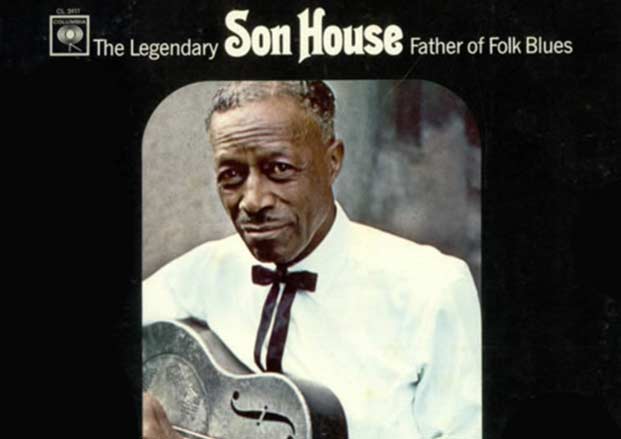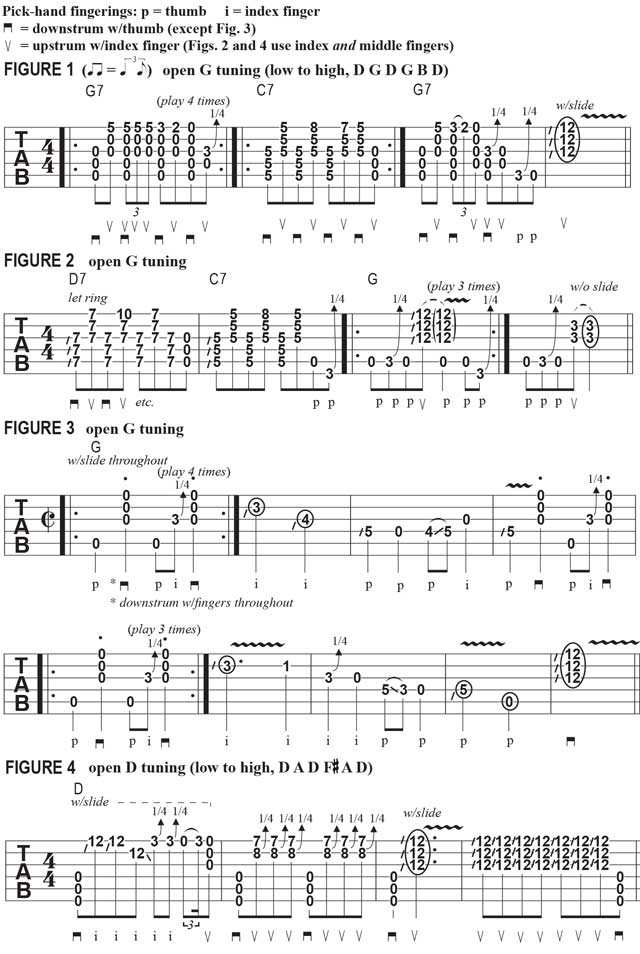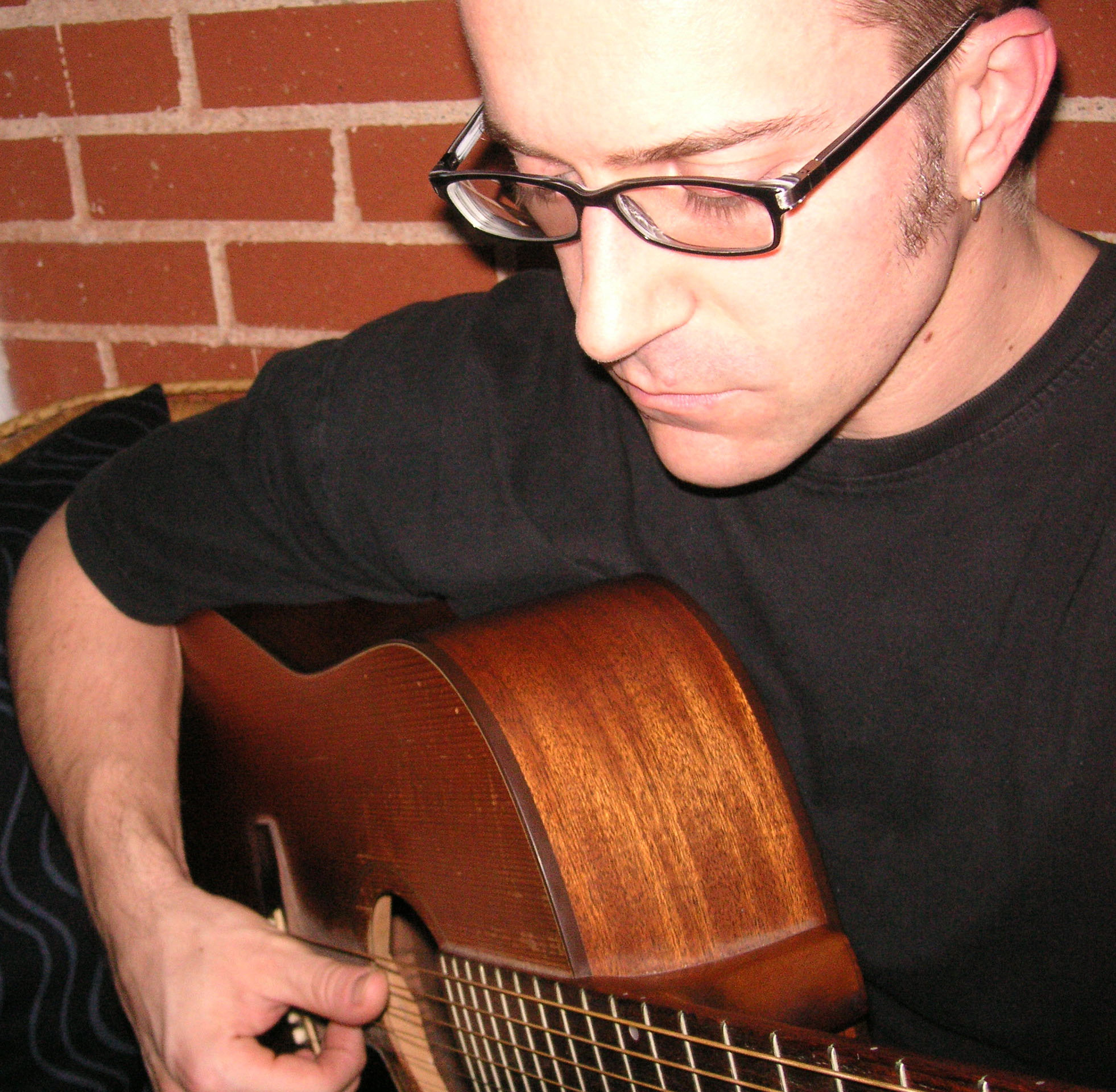How to Play Guitar Like Delta Blues Legend Son House
Learn some of the tricks and techniques of blues guitar legend Son House.

Edward James “Son” House (1902–1988), born and raised in the Mississippi Delta (Northwest section of MS, the birthplace of the blues), was a preacher, pastor and singer in his youth, his strong religious beliefs making him hostile to blues and all secular music.
But hearing a friend play slide guitar changed House’s perspective forever. At age 25, instantly “converted,” he acquired a guitar and was gigging within weeks, his first record issued in 1930. During the Great Depression, the guitarist’s records didn’t sell well, but the local sensation influenced the likes of Robert Johnson and Muddy Waters.
House’s 1941-42 “archival” recordings by ethnomusicologist Alan Lomax (for the Library of Congress) should’ve been his last; he moved to Rochester, New York, quitting music to work as a railroad porter and chef in 1943.
Fast forward to 1964, the folk/blues revival in full swing, House’s recordings are “rediscovered” by record collectors, and invitations to tour/record begin pouring in. Interestingly, Canned Heat guitarist Alan Wilson (a huge House fan) helped the blues legend relearn his original songs! From the Sixties onward, House—and his use of National resonator guitars (“Style O”)—influenced music makers from Buddy Guy, Eric Clapton and Jimmy Page, to Jack White, Derek Trucks and Warren Haynes.
House often used open-G tuning, at times sounding a half step or more sharp, due to either tuning by ear without a reference pitch or recording equipment tape-speed calibration inaccuracies. “Levee Camp Moan,” like FIGURE 1, shows his patented open-position blues moves (bars 1 and 3), with the lower strings thumb-strummed on each beat, while upper strings sound from upward index finger “flicks.”
Bar 2 illustrates House’s “moveable” dominant chord (“C7”), its low/high notes strummed in alternation. The guitarist makes the fifth-to-eighth fret stretch with his middle finger, but the pinkie is fine; your ring finger should have a slide on it, required in the final bar. “Death Letter Blues,” House’s signature song (covered by Derek Trucks, the White Stripes, Gov’t Mule and the Grateful Dead), intermingles low string single-note riffs (bar 3) with upper-register slide moves, as in FIGURE 2. Note the variation of our earlier “dominant chord shape” (bars 1-2); House strums strings 1–3 with his index and middle fingers in filmed performances of this song.
In “Mississippi Country Farm Blues,” House grooves on a fun chord/slide pattern (bar 1), requiring a downward finger strum of strings 1–3 (beats two and four), while the thumb thumps the open fifth string and the index finger picks the lone slide-fretted note. Bars 2–4 and 6–8 feature a variety of single-note slide lines—ample material to hone your slide intonation!
Open-D tuning is another Son House staple, used for “Preachin’ the Blues,” which inspires FIGURE 4. A mix of techniques covered so far, “Preachin’ ” includes new subtleties—a hammer-on with the slide (bar 1’s beat “four”) and bent double-stops (bar 2’s second-string bends with the middle finger).
For a great and convenient overview of House’s work, check out The Legendary Son House: Father of Folk Blues (1965), which includes most of the songs mentioned herein.

Get The Pick Newsletter
All the latest guitar news, interviews, lessons, reviews, deals and more, direct to your inbox!
A singer-songwriter/multi-instrumentalist/film composer, Musician's Institute instructor, and author of 50+ transcription/instructional books, Dale Turner is also Guitar World's "Hole Notes"/"Acoustic Nation" columnist, and the former West Coast Editor of Guitar One magazine. Some of Dale’s old, weird, rare, and/or exotic instruments are featured in his score for WEEDS, the first animated short completed within the Filmmakers Co-op at Disney Feature Animation. His most recent CD, Mannerisms Magnified, was praised by Guitar Player magazine for its "Smart pop tunes that are crammed with interesting guitar parts and tones ... Like what the Beach Boys might do if they were on an acid trip that was on the verge of getting out of control. Yeah!"
“There are so many sounds to be discovered when you get away from using a pick”: Jared James Nichols shows you how to add “snap, crackle and pop” to your playing with banjo rolls and string snaps
Don't let chord inversions bamboozle you. It's simply the case of shuffling the notes around








![Joe Bonamassa [left] wears a deep blue suit and polka-dotted shirt and plays his green refin Strat; the late Irish blues legend Rory Gallagher [right] screams and inflicts some punishment on his heavily worn number one Stratocaster.](https://cdn.mos.cms.futurecdn.net/cw28h7UBcTVfTLs7p7eiLe.jpg)


